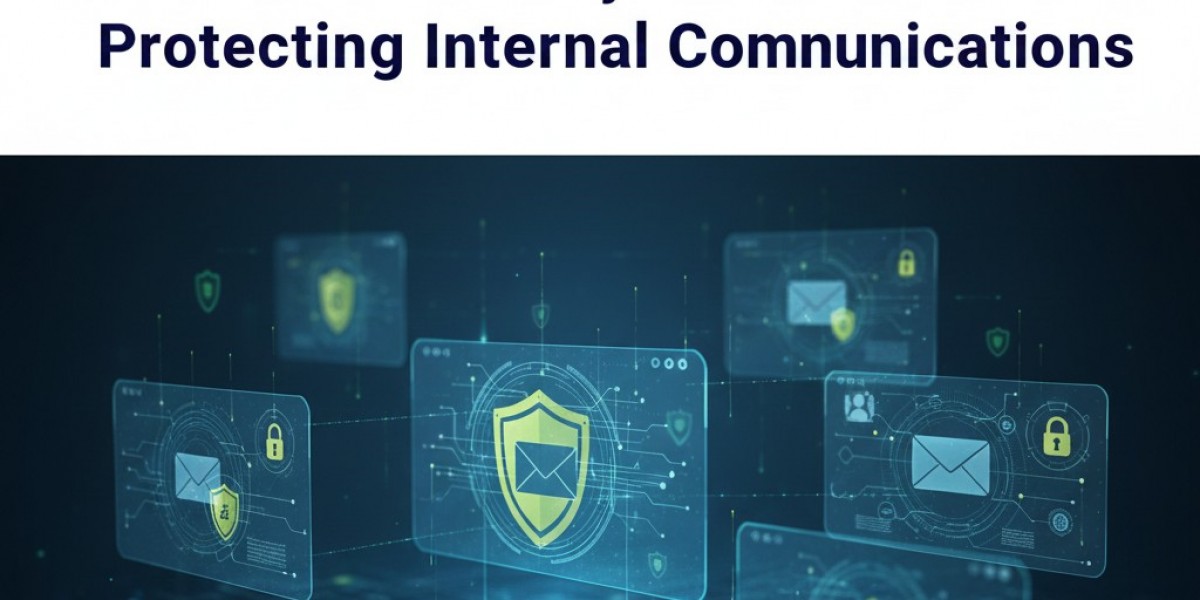The digital transformation promises efficiency, but it also creates a massive attack surface. While companies focus on securing the perimeter against external threats, the vast majority of critical, sensitive, and proprietary data flows freely through the internal email network. For Canadian business owners and CMOs, a robust email security solution is not just an IT checklist item it’s the core safeguard for intellectual property and business continuity.
The Myth of Internal Safety: Why Encryption is Not Enough
Many businesses operate under the false assumption that once an email is within the corporate domain, it is inherently safe. The reality is that internal email remains a primary vector for threats, including:
Account Compromise: A breach of a single employee account (often via an external phishing attack) gives an attacker free reign to move laterally, access confidential documents, and launch internal phishing campaigns that bypass perimeter defenses.
Insider Threats: Accidental data leaks or intentional misuse by current or former employees (sending confidential files to personal accounts).
Malicious Attachments: Malware and ransomware delivered via seemingly harmless, internal-looking emails from a compromised colleague.
A true email security solution must focus on protecting the human element and the data's journey, not just the network edge.
Key Pillars of a Modern Email Security Solution
Securing internal communication requires a layered strategy that addresses human, network, and application vulnerabilities.
1. Beyond the Password: Advanced Authentication and Access
The weakest link in any security chain is the login credential.
Mandatory Multi-Factor Authentication (MFA): Enforcing MFA for all employee email accounts is non-negotiable. Even if an attacker steals a password, they are stopped without the second factor (e.g., a code from a mobile device).
Role-Based Access Control (RBAC): Not every employee needs access to the entire company's email archive. Implement the Principle of Least Privilege (PoLP), ensuring departments like HR, Finance, and Legal have secure, segmented communication channels to minimize the blast radius of a breach.
2. AI-Driven Threat Detection & Behavioural Analysis
Perimeter security is static; threats are dynamic. The best-in-class solutions leverage AI to learn normal user behaviour and flag anomalies—which is essential for detecting internal account compromise.
Impersonation Protection: AI can monitor internal email traffic for suspicious behaviours, such as an account suddenly forwarding large volumes of data or logging in from an unusual, new location.
Automated Remediation: Modern systems must automatically detect and neutralize internal threats by quarantining or recalling malicious emails instantly, before a human analyst can even respond.
3. Data Loss Prevention (DLP) and Encryption Policies
Protecting sensitive data requires enforcing rules on what can be sent, where it can go, and who can read it.
Internal Email Encryption: While email platforms (like Outlook or Gmail) offer basic security, dedicated email security solution providers offer PKI-based encryption. This allows the organization to control who can view, print, or download attachments even after the email has been delivered.
Content Filtering and Digital Signatures: DLP tools scan outgoing internal and external emails for confidential keywords, financial data, or PII. Digital signatures verify the sender's identity, ensuring the email truly originated from the employee and hasn't been tampered with.
The Role of Canadian Business Infrastructure
Achieving optimal email security is dependent on your underlying Canadian network infrastructure. Whether you rely on the high-speed fibre optic backbone of Bell Fibre Internet for your main office or the flexibility of Rogers 5G Business Internet for remote sites and pop-up locations, a secure network is the foundation:
High-Speed Bandwidth: Solutions like AI-driven sandboxing and cloud-based gateways require constant, reliable bandwidth to scan every email packet. Services like Bell Fibre Internet ensure the high-throughput, low-latency performance needed for real-time security processing.
Remote Work Security: For a mobile workforce, the rapid, reliable connectivity of Rogers 5G Business Internet is crucial. However, devices accessing email via any 5G connection must be protected with mandatory VPN use and robust Endpoint Detection and Response (EDR) to prevent a device compromise from leaking data back into the corporate network.
The Final Defence: Employee Training and Awareness
Technology can only mitigate risk; it cannot eliminate human error.
Security Awareness Training: Regularly scheduled, engaging training is required. Employees must be taught to spot sophisticated internal phishing attempts (where the attacker is mimicking a known colleague).
Strong Password Policy: Enforce long, complex, unique passwords and utilize a centralized password manager.
By implementing a comprehensive, AI-enhanced email security solution and pairing it with a strong physical network (like bell fibre internet or Rogers 5G Business Internet) and continuous employee education, Canadian businesses can transform their internal communications from a liability into a highly controlled, secure asset








